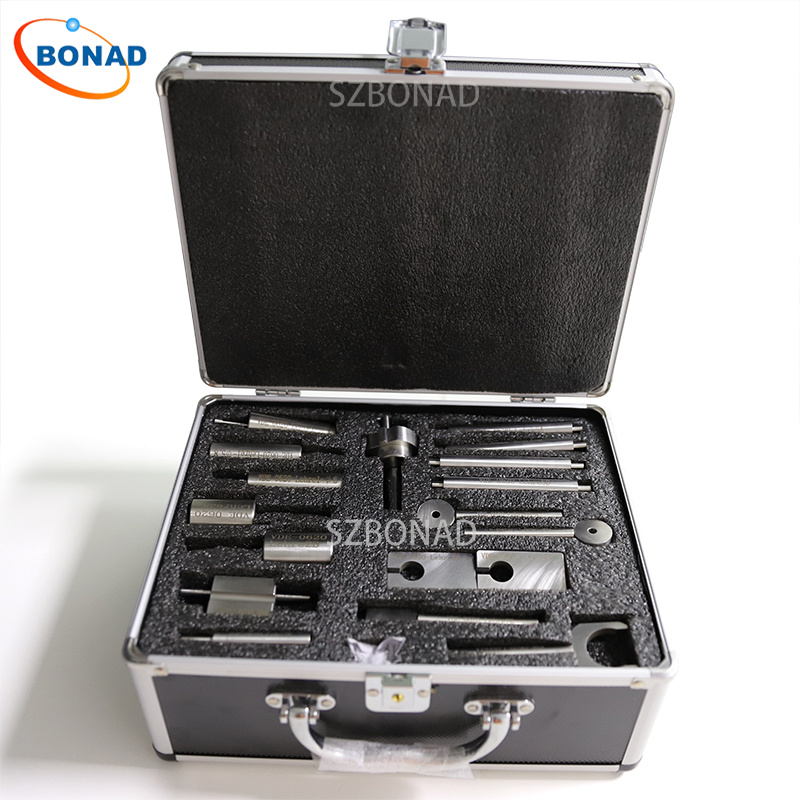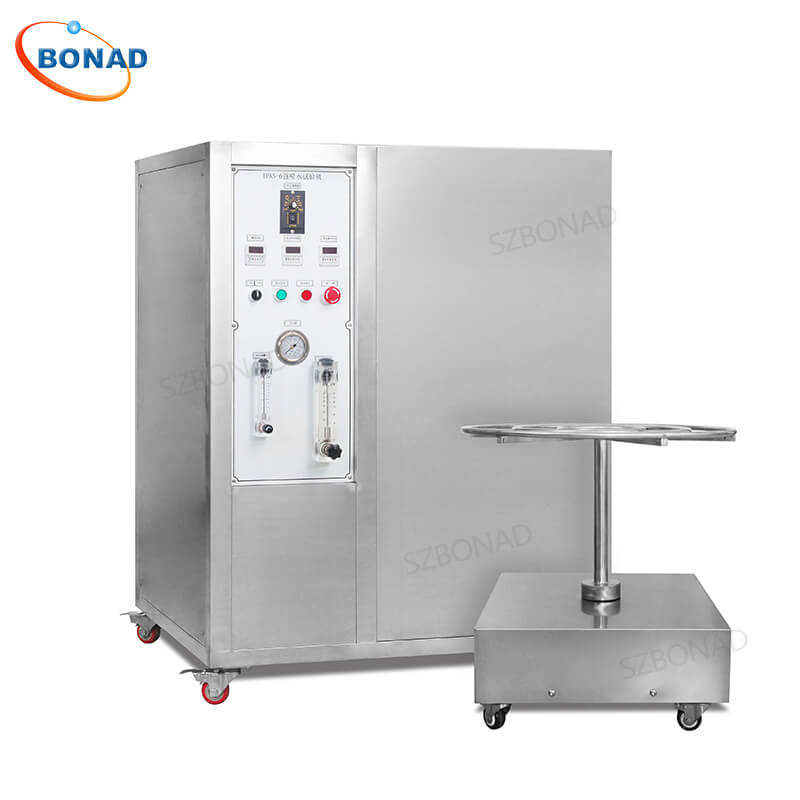The DIN VDE standard, formally known as Deutsche Institut für Normung (German Institute for Standardization) Verband der Elektrotechnik (Association for Electrical, Electronic & Information Technologies), represents a comprehensive collection of technical guidelines and safety standards pertinent to electrical engineering and industrial technologies.
Overview of DIN VDE Standards
Developed by field experts and sanctioned by the German Institute for Standardization alongside the Association for Electrical, Electronic & Information Technologies, these standards are essential for ensuring the safety, reliability, and interoperability of electrical products, systems, and installations. The scope of DIN VDE standards is extensive, covering various types of electrical equipment and systems such as cables, connectors, switches, circuit breakers, transformers, building electrical installations, and numerous industrial applications. They provide detailed specifications for design, construction, testing, and operation while offering guidelines on installation, maintenance, and inspection.
Importance of Compliance
In Germany, adherence to DIN VDE standards is critical for meeting legal and regulatory requirements. These standards enjoy international recognition and are often adopted or referenced by other nations in formulating their national standards. Compliance with DIN VDE standards is vital for safeguarding users against electrical hazards, preventing accidents, promoting product compatibility and interoperability, and encouraging industry-wide standardization.
Periodic Updates
To stay abreast of technological advancements and emerging safety concerns while aligning with international standards, the DIN VDE standards undergo regular updates. These revisions ensure that the guidelines reflect current best practices in electrical engineering to guarantee safety and reliability.
Key Areas Covered by DIN VDE Standards
- Electrical Installations:
- DIN VDE 0100: Focuses on the design and installation of electrical systems in buildings.
- DIN VDE 0105: Provides safety regulations for operating electrical installations.
- DIN VDE 0107: Covers temporary electrical installations at construction sites or events.
- Safety in Electrical Systems:
- DIN VDE 0106: Addresses safety-related requirements for electrical systems.
- DIN VDE 0108: Ensures the safety of lighting installations.
- DIN VDE 0109: Outlines safety requirements for high-voltage systems.
- Power Generation, Transmission, and Distribution:
- DIN VDE 0105-100: Regulates the operation of electrical installations near overhead power lines.
- DIN VDE 0108-100: Specifies safety requirements for power plants and substations.
- Electrical Equipment and Appliances:
- DIN VDE 0620: Details safety requirements for electrical plugs, socket outlets, and couplers.
- DIN VDE 0603: Covers the safety of household and similar electrical appliances.
- DIN VDE 0701-0702: Sets testing and inspection requirements for electrical equipment.
- Industrial Control Systems:
- DIN VDE 0108-7: Specifies safety requirements for programmable electronic systems.
- DIN VDE 0113-1: Ensures the safety of machinery’s electrical equipment.
- Cables and Wiring:
- DIN VDE 0298: Defines requirements for low-voltage cables and wires.
- DIN VDE 0250: Describes test methods for power cables with extruded insulation.
- DIN VDE 0282: Pertains to cables used in railways and motor vehicles.
This overview highlights just a few examples from a vast array of DIN VDE standards that address various facets of electrical engineering and industrial technologies. These examples underscore the wide-ranging applicability of DIN VDE standards across different sectors.


